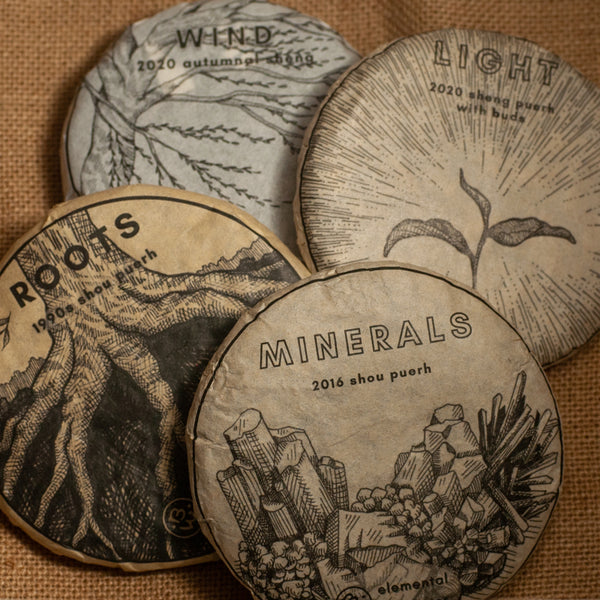
Tea is, inherently, ecologically sustainable. Camellia Sinensis is a wild plant that has adapted and evolved into many varietals in different climates and ecosystems around the world. Left to its own devices, tea trees can live to be hundreds to thousands of years old. Various indigenous communities have been cultivating tea for over two thousand years, utilizing the leaves for its energetic and homeopathic properties in food, medicine, and beverages. Families have tended the hillsides of the same tea bushes for hundreds of years, passing down their knowledge of farming and finishing teas from generation to generation.
However, the global explosion of demand for tea in the 1800s and parallel expansion of colonialism throughout Asia reshaped the way the plant was cultivated. Colonial-era monocropping of tea, coffee, spices and textile crops have devastated the natural balance of entire regions. Extractive capitalism has incentivized the implementation of massive tea production operations. These practices are inherently embedded with labor exploitation and a concentration of wealth at the top. The introduction of agrichemicals in the 20th century has compounded these problems and lead to the worsening conditions of soil and the surrounding ecosystems.
It is a system that is built to break, and in the meantime, it has done intense damage to affected communities.
I’ve traveled to places that have faced generations of monocropping to the point that reliance on chemicals is essential because of the depletion of a resilient ecosystem.
I’ve seen workers on tea estates who sign contracts with employers for several years at a time and are relegated to living there where they are paid well below what the work deserves, while the managers and owners grow increasingly wealthy and prosperous.
I’ve seen foreign-run operations who are not committed to uplifting the communities they operate in and view their employees as solely a source of labor, without a name.
I’ve also been to places where biodiversity is coveted and encouraged; where entire farming operations are sustained by using locally sourced, natural resources to both reduce pests and enrich the soil. Here, animals are integrated into farming practices to increase the long-term health of both plants and soil. Workers pull together to combine resources and collectivize operations that increase wealth evenly and fairly. And, I’ve seen new generations of tea farmers, inspired by the global share of information, integrate new technologies to revive and improve aging fields and facilities.
In this four-part blog, I will address how the tea industry is handling issues of social, environmental and economic sustainability.
 Learn about our new four part Puerh release, where each tea is aligned with a different element in the natural world
Learn about our new four part Puerh release, where each tea is aligned with a different element in the natural world

We want you to have tea together, even if you're across the country
Ali Roth
Author